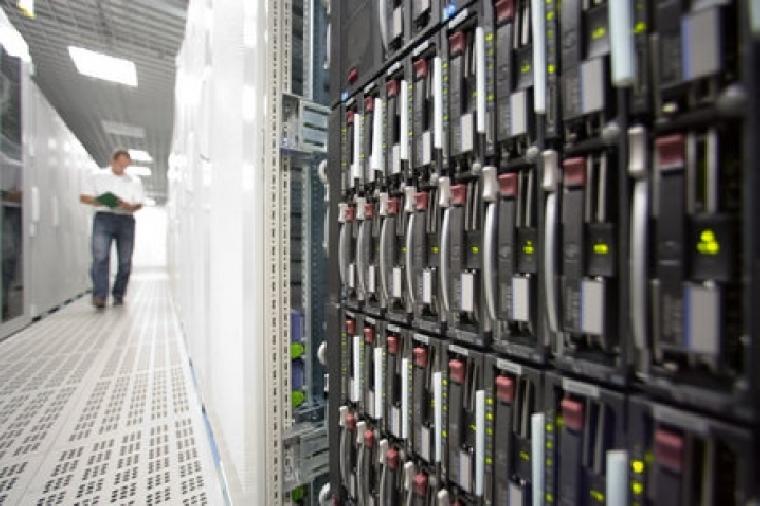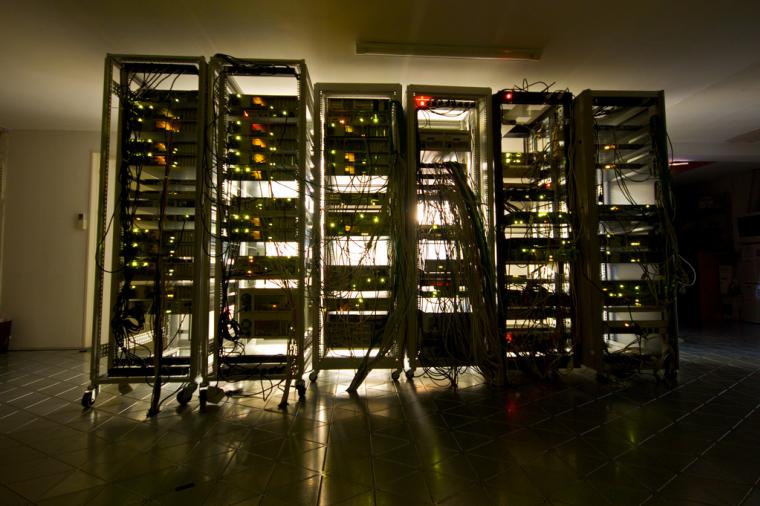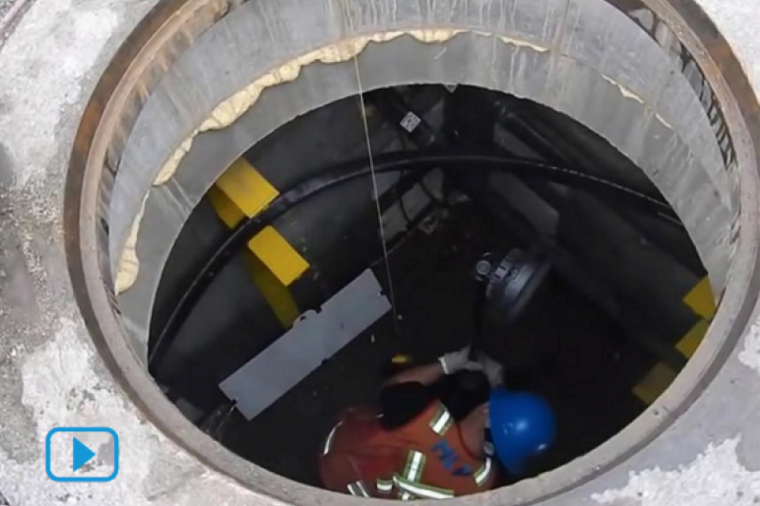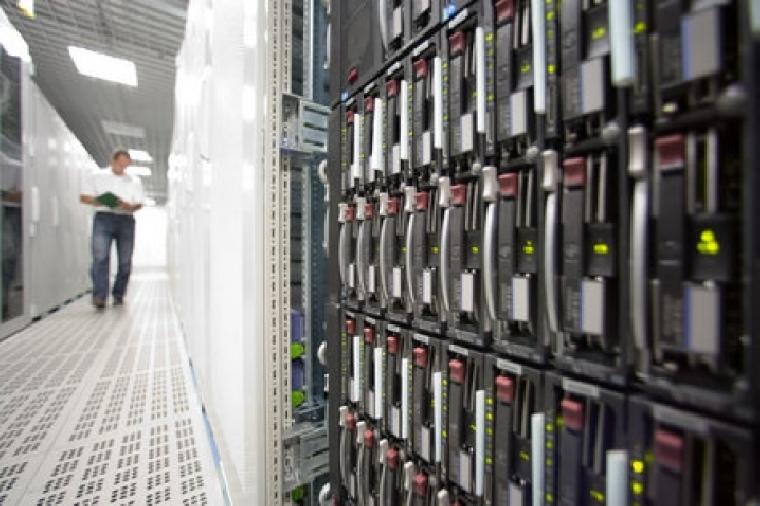10GB Ethernet Networks: Why It’s Time to Upgrade
One of the most common questions I get from clients is, “What are the differences between a 1GB and 10GB Ethernet network?” I’ve written about the two biggest below.
Better... Stronger... Faster...
The most notable difference between a 1GB and 10GB Ethernet network is the difference in speed. According to a late year update to the Gartner forecast on X86 server virtualization worldwide, “The adoption rate of server virtualization in 2012 [was] predicted to be 14.3% of total new physical x86 servers and will reach 21.3% of total servers in 2016.” It also states, “Total virtual OS instances [would] contribute 70.2% of total OS instances in 2012 and reach 82.4% of total OSs in 2016.” This information shows a constant upward spiral of doing more with less. Hypervisors are the rave and virtual servers are being provisioned as we speak.
How can we expect to get the most performance out of new hardware, while running it across old legacy networking?
Cybersecurity & Hackers
The second major difference between the two is that 10GB Ethernet networks are far more secure. For agencies worried about cybersecurity, you will want to upgrade immediately.
Hardware is easy to protect: lock it in a room, chain it to a desk, or buy a spare. In 1994’s Protect Your Macintosh, author Bruce Schneier said, “Information poses more of a problem. It can exist in more than one place; be transported halfway across the planet in seconds; and be stolen without your knowledge.”
If you are not aware, regular category 5/6 cables leak signals into the air. This is called frequency emanation. The data signals can be intercepted by hackers if you are not careful. Also, with enough time and patience, hackers can gain access to your network by patching into your cables; a common method known as “vampire tapping”. By adopting 10GB Ethernet networking, you also introduce fiber optic cabling into your environment. These cables produce zero emanations and are extremely difficult to tap into without the data service being interrupted. This decreases the risk of hackers gaining access to your data while it is in transit.
The common cybersecurity problem today among many clients is their inability to detect an intrusion into their network in near real-time. Considering the sensitivity, you need to know as fast as possible when there has been a breach. If your network is bogged down with data traffic because it is running on older technology, you will not benefit from the software solutions that give you an instantaneous ability to detect and stop an intruder from gaining access to your information.
Cybersecurity Is Not Only Software & Firewalls
In conclusion, don’t just be hung up on the speed increases of upgrading your network. Understand that if you cannot see every place that your data transverses, there is a chance that someone could be tempted to access your information. In the Gartner study mentioned earlier, they projected that worldwide enterprise IT cybersecurity spending would total $2.7 billion in 2012, a 3.9% increase from 2011. Their forecast for 2013 spending growth has already increased to 4.2% this quarter.
When considering cybersecurity, make sure you factor in more than just software and firewalls. Your data is only as safe as the weakest point in your system.








































